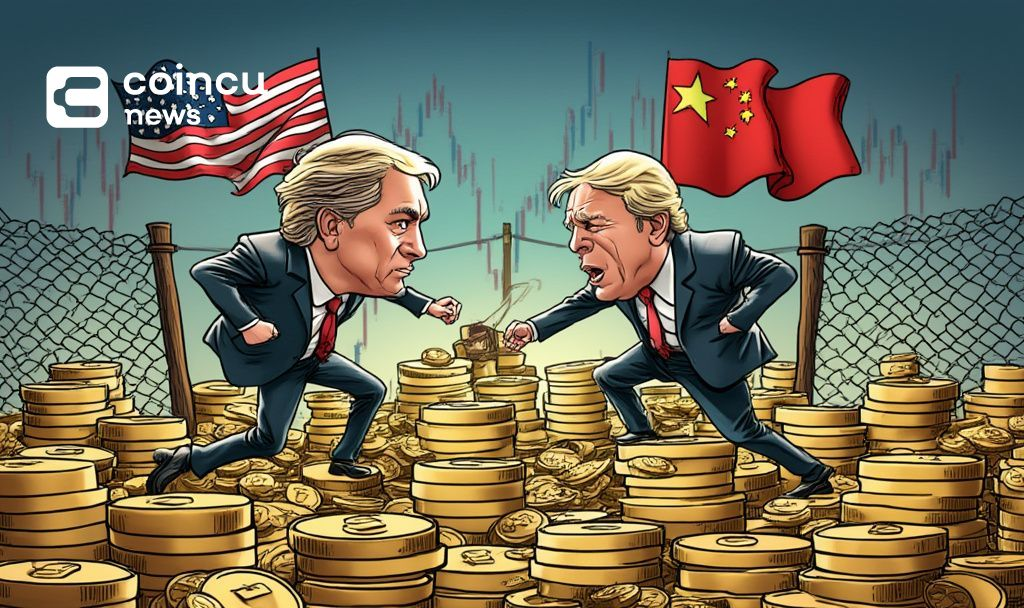- U.S. announces 50% tariff on Chinese goods from April 9, 2025.
- Immediate global market instability observed as measures escalate.
- Ag sectors and tech industries face potential supply chain disruptions.

President Donald Trump announced plans to impose an additional 50% tariff on Chinese goods starting April 9, 2025, if China does not retract its recent 34% tariff increase on U.S. goods.
This measure underscores the intensifying economic tensions between the U.S. and China, affecting global markets and disrupting industries reliant on international trade. Analysts predict further economic instability as both nations maintain hardline stances.
U.S. Tariffs and Global Market Instability
Tensions between the U.S. and China have heightened with Trump threatening additional tariffs. The U.S. administration’s response follows China’s recent tariff measures. These actions, according to Trump, target historical imbalances. Leading up to this event, both nations engaged in a series of tariff exchanges beginning in February 2025, with no resolution achieved.
The new tariffs target key sectors such as agriculture and high-tech industries, potentially leading to supply shortages and increased costs. This development aligns with previous U.S. measures aimed at correcting perceived trade injustices.
Donald J. Trump commented, “If China fails to withdraw this additional 34% tariff by April 8, 2025, the U.S. will impose an additional 50% tariff on Chinese goods starting April 9.”
Following the announcement, global stock markets have exhibited volatility, with significant declines reported. Analysts express concerns about market stability while key players from China criticize the U.S. approach as protectionism. Experts like Craig Singleton have labeled China’s actions as a “clear escalation”, further diminishing negotiation hopes.
Historical Trade Conflict Patterns and Potential Consequences
Did you know? In 2018, during previous tariff escalations, the U.S. and China saw a bilateral trade drop of nearly 15%. This highlights the enduring impact of such economic disputes.
Current events mirror past U.S.-China trade conflicts, reinforcing the disruption pattern within affected sectors. Historical trends suggest prolonged negotiations and economic distress as probable outcomes, emphasizing the necessity of diplomatic dialogue.
Experts predict that prolonged trade conflicts may result in long-term economic shifts affecting both countries’ global standings. Data from past disputes show ripple effects across global supply chains, emphasizing the need for strategic planning to counter potential disruptions.
Source: https://coincu.com/330831-bitcoin-institutional-interest-market-volatility/